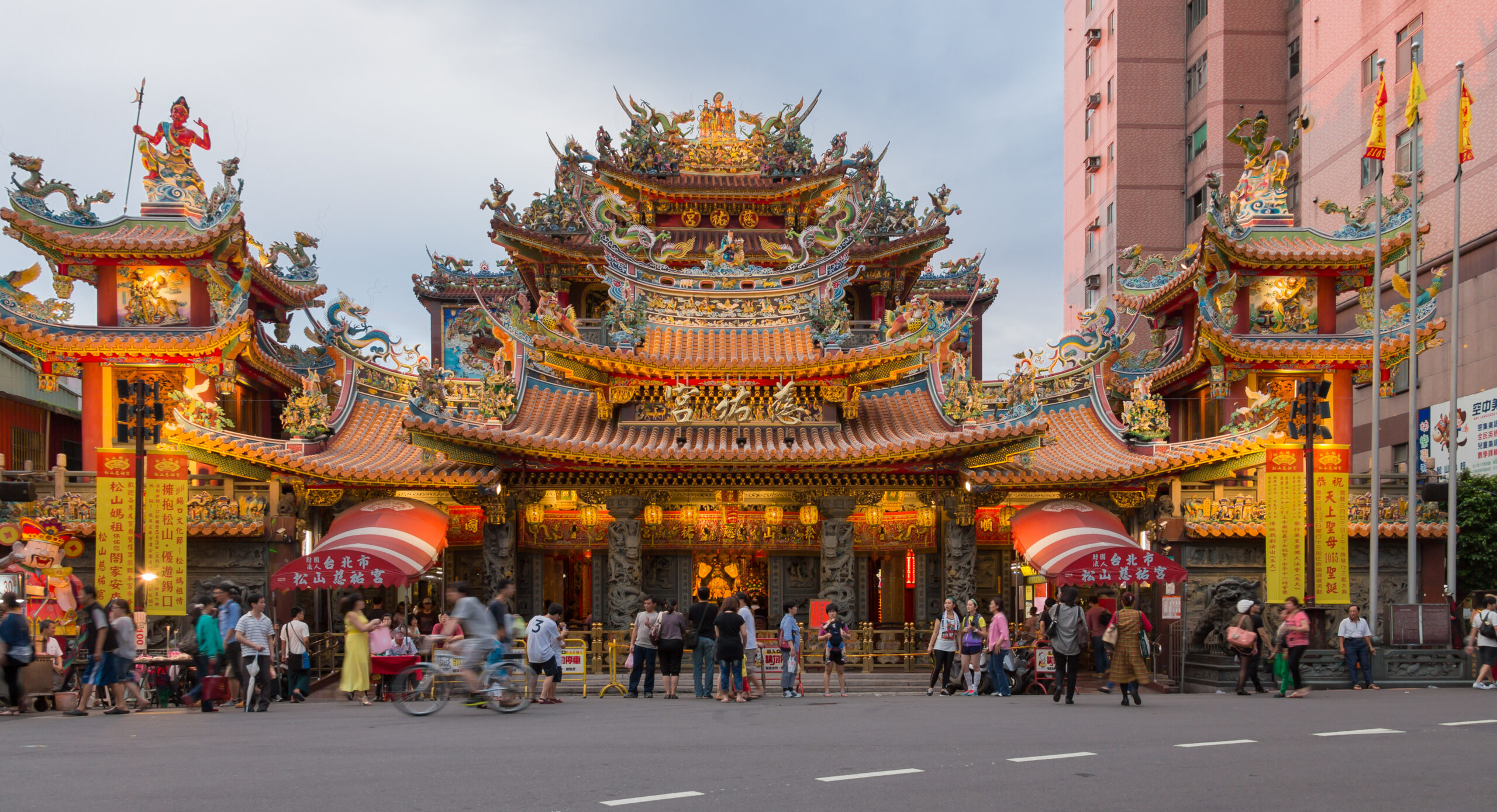Visiting temples in China or Taiwan immerses you in a profound cultural and spiritual experience, rooted in centuries-old traditions.
Whether you’re there to pray, meditate, or simply to soak in the atmosphere, respecting temple etiquette not only shows reverence for the local culture but also enhances your experience. This guide provides a straightforward overview of what to do when visiting a temple in China or Taiwan, ensuring that you engage in practices respectfully and meaningfully.
1. Dress Appropriately
Temple visits require modest attire to show respect for the sacred environment. Both men and women should avoid wearing clothing that is considered too revealing, such as shorts or skirts above the knees, and tank tops. Covering your shoulders and wearing pants or skirts that go below the knees are advised. Dressing appropriately is not just about following rules; it’s a sign of respect towards the spiritual significance of the temple.
2. Consider Making a Donation
While most temples do not charge an entrance fee, donating is a meaningful way to contribute to the maintenance and preservation of these important cultural and spiritual landmarks. Your donations help keep the temples accessible for everyone, supporting their ongoing ceremonies, upkeep, and charitable activities.
3. Enter and Exit Correctly
Temples typically have a designated entrance and exit, known as the dragon door (right door) and the tiger door (left door), respectively. Visitors should enter through the dragon door, move counterclockwise within the temple, and exit through the tiger door. This practice is deeply rooted in symbolic meanings, ensuring a flow of positive energy and respect for the temple’s space. Remember, the central door is usually reserved for the deities and should be avoided by visitors.
4. Using Incense
Incense plays a crucial role in temple rituals, symbolizing the ascent of prayers to the divine and purifying the surroundings. Light the incense sticks, allow them to burn for a moment, and then extinguish the flames by waving your hand gently over them—never blow on the incense. Typically, you should place three sticks in the incense burner at a time, which you may find at various points within the temple.
5. Praying Directions
Orientation matters when offering prayers. In Taiwanese temples, for instance, the main incense burner usually has three legs, and worshippers should face the side with the middle leg. This specific stance is believed to be the most auspicious and respectful way to direct your prayers.
6. Introduce Yourself to the Deities
Before praying to each deity within the temple, it’s customary to introduce yourself mentally. This introduction includes your full name, your current address (where you sleep at night), and your birth details according to the lunar calendar. This personal introduction is a way of forming a connection with the deity, making your prayers more personal and heartfelt.
Embracing the Experience
Visiting a temple in China or Taiwan is more than a tourist activity; it’s an opportunity to engage with the local culture and spirituality deeply. By following these guidelines, you ensure that your visit is respectful and enriching, allowing you to fully experience the tranquility, beauty, and spiritual depth of these sacred spaces.



